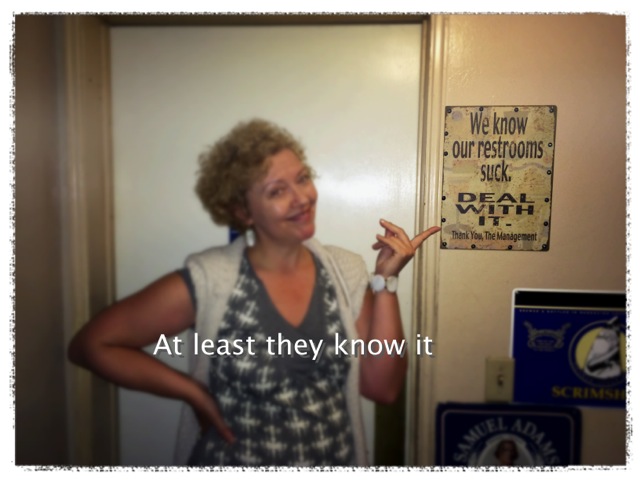“Teacher, I understand the words, but I still can’t make sense of what people are saying! Why?”
Some people think that in order to communicate in a foreign culture all they need is to learn the language. There are usually a few cultural notes in most language courses that provide learners with information about customs and traditions in the target culture. The language training provides adequate information about what to do and say in simple situations, like shopping, hiring a taxi, or looking for a hotel. But chances are, most newcomers will be lost if they are thrown in a spontaneous conversation between native speakers who don’t know (or don’t care) that there is a foreigner in the group. Many newcomers report this feeling of missing something important in a situation like that. Even if they understand all the words and expressions said, they sometimes don’t understand why people are saying them and why people react to certain things the way they do.
The truth is, there are a few other important “players in this game” (factors to know and understand) if we want to successfully communicate in a foreign country, the most important being the new culture.
Culture is not just holidays and traditions, food and the national colors. Culture is an unseen and powerful force that regulates behavior and communication in every society. You can speak a foreign language fluently but without cultural understanding you might not be able to make sense of much of what you see or hear in a foreign country and wonder “Why am I not understanding?”.
In the course of our life in our native culture, we don’t recognize some factors of interpersonal communication as culture factors since we grow up in a place where they are commonplace. We really begin to understand our own culture if and when we observe differences (and sometimes conflicts) between our own and foreign ways to do or say certain things. In other words, we fully comprehend our own culture only through comparing it to others.

There are a few levels of cultural understanding. Take a look at the picture that illustrates the “iceberg” theory of cultural components (from Recognizing Deep Culture’s Influence on Communicative Behavior by Stephen B. Ryan). The theory suggests that there is much more to culture than what we first see. There are several layers, and just like the case with the iceberg, the visible layer is the smallest.
According to this theory, the national colors (flag), holidays, traditions and customs, food and drinks are the examples of the surface level of culture. This is the easiest level to notice and recognize since it can be easily detected by our senses, like sight, smell, sound, and touch.
Other cultural manifestations take more time to notice and recognize. They are in the just under the surface level of cultural understanding. For example, it takes some time to notice that in the U.S., older people do not automatically enjoy privileges when it comes to waiting in lines or getting a seat on a crowded bus: they wait for their turn like any other customer in a store or a bank and stand on public transportation when there are no empty seats available. If a person gives his or her seat to accommodate an elderly, this is perceived as his or her personal choice of behavior rather than a cultural norm that dictates to do so. To people coming from cultures where elderly enjoy privileges in public places, it may come as a surprise and take time to accept that this behavior is a cultural norm rather than indifference or rudeness on the part of younger people.
The third and most important level is the one we cannot see at all. It goes unrecognized in our daily lives. This is deep culture. It is so ingrained into our consciousness that it defines what is or isn’t normal and doesn’t need explanation, or so we think. Here is an example.
Not long after I came to the United States, there was a tragic event on the news, a 10-year-old girl died while piloting a small plane. The girl’s mother said in a subsequent press conference that her daughter didn’t die in vain because she died doing what she loved to do. To a Russian (me) the incident was clearly this girl’s parents’ fault since they let such a young child do this. I thought that a 10-year-old child just isn’t ready to assume responsibility for this kind of risk, and she simply didn’t live long enough to understand what she “loved” to do. To my surprise, my American coworkers did not share my opinion. One of them said, “ This is the country of innovators and people who defy the “normal and usual’. Children are not an exception”. The spirit of freedom to do or say what you want (if it is not illegal) runs very deep in American psyche and culture, and it can come as a culture shock to unprepared visitors.
How do we prepare ourselves for this profound change in cultural format? I think that just being aware of the iceberg theory and what it means will be a huge help to anyone going abroad.









Recent Comments